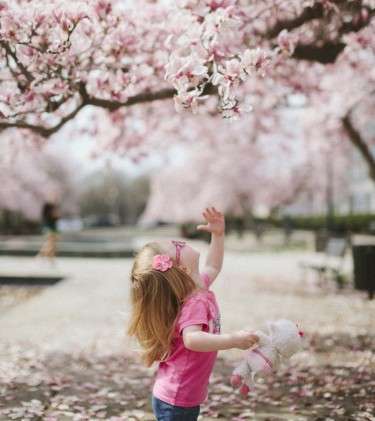Q&A: Psychologist on nature interaction, wildness in cities

University of Washington professor Peter Kahn recently co-authored an opinion piece in the journal Science about the importance of interacting with nature in urban areas. UW Today asked Kahn a few more questions about the broader implications of his work. Read about the Science piece here.
Q: Why is it so important for people in cities to connect more deeply with nature?
PK: As a species we came of age with nature, and still today need that connection to do well, physically and psychologically. Just look around—and we see a lot of dis-ease. For example, about a third of people in the U.S. are obese. About 10 percent of people take antidepressants. The research literature supports what I think we all know intuitively: we're our more vibrant, healthy selves when we live in relation with the natural world.
Q: What are some of the ways people in cities can connect with nature?
PK: It depends on the size and density of the city, and how it has been designed. Places like Central Park in New York City afford hundreds of different forms of interaction, such as walking on paths, sitting on cool rocks on a hot summer's day, lying by the edge of small lake. If there's not a park nearby, just walk outside; move away from the desk and treadmill. There's urban gardening. Smell flowers. Open your windows and let in the outside air. Listen to birdsong. Find a body of water—even a fountain—and take your shoes off and feel the flow of water over your feet. Run long and hard on connective paths within your city. This list could include 1,000 suggestions!
Q: In designing cities, you speak of a new approach: Interaction pattern design. What are interactions patterns?
PK: Think about meaningful ways that you interact with nature, and then characterize it in such a way that you could see the same thing happening with different forms of nature. That's an interaction pattern. For example, it's wonderful to walk along the edge of a lake or along a river. The pattern could be framed as walking along the edges of water.
Once you can name that as an important "pattern," you now have a design principle that can help you build city infrastructure to engender the interaction.

Q: Why do you also emphasize wild nature?
PK: Domestic nature is important, for sure. It's what most of us have close at hand, especially living in cities. But domestic nature is only half the story. The other half is wild nature. The need for wildness goes far back in our evolutionary history. We can love the wild. We can fear it. We are strengthened and nurtured by it. If we don't enact it in healthy ways, the need for wild interactions with nature gets perverted.
Q: What's an example of that perversion?
PK: You've probably seen people at a zoo who tap on the glass cages to try to get the animal's attention, or they throw pebbles or bits of food at them through the railings. These people are not trying to hurt the animal. They are trying to get the animal's attention because they want to enact the interaction pattern of "being recognized by a wild animal." But it's a perversion of the interaction pattern because the wild animal is dulled down, caged, in a prison, dominated by humans.
Q: Is interaction with the wild at odds with domination?
PK: Very much so. That's part of the reason why interacting with wild nature is so important. Perhaps the overarching problem of the world today is that we see ourselves as dominating over nature—and dominating over other people and cultures.
Q: Can we interact with wild nature in the city?
PK: Yes, absolutely. For example, go for a walk in a rainstorm and you encounter a nature that is big, untamed, unmanaged, not encompassed and self-organizing. That's wildness. But also recognize that wildness exists along a continuum. Walking outside is more wild than walking on a treadmill. Sitting on the ground under a tree is more wild than sitting on a bench. Anywhere you are in the city, you can connect with nature a little wilder, a little more deeply.
Q: What of nature and the human spirit?
PK: Perhaps you've been around a campfire at night. The pace slows down. Conversation settles. There's space between words. You can talk and there's also space to listen. And then later the fire dies down; just embers now. And as that happens, the night sky takes hold. We exist within that space. It's a beautiful feeling. Interacting with nature offers us a portal into a depth of human beingness.















